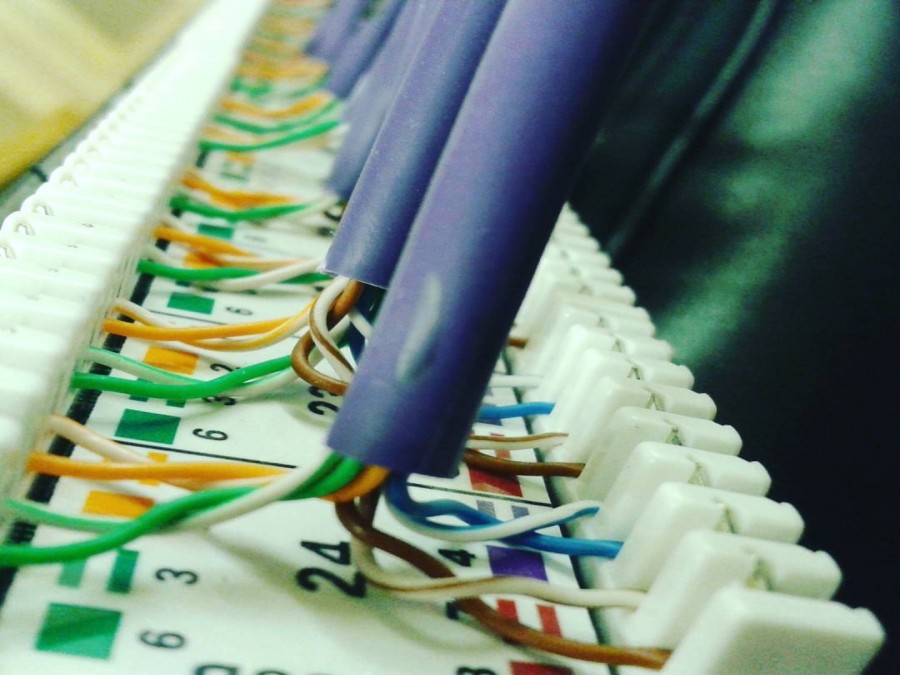Blog
Ensuring your data cabling is designed and installed correctly and is fit for purpose to meet your exact needs of both now and those of the future is crucial to any modern business.
Your data cabling should last between 15-20 years before it needs to be replaced. Therefore, businesses with Cat 5 or Cat 5e cabling (introduced in 1995 and 2000) should now (if not already) be looking to either replace or upgrade their cabling system.
With most new buildings now adopting Cat 6 cables as the new minimum instead of older Cat 5e, there are many benefits as to why you should upgrade your data cabling. Although, it’s important to carefully consider your long-term needs as well as your current requirements.
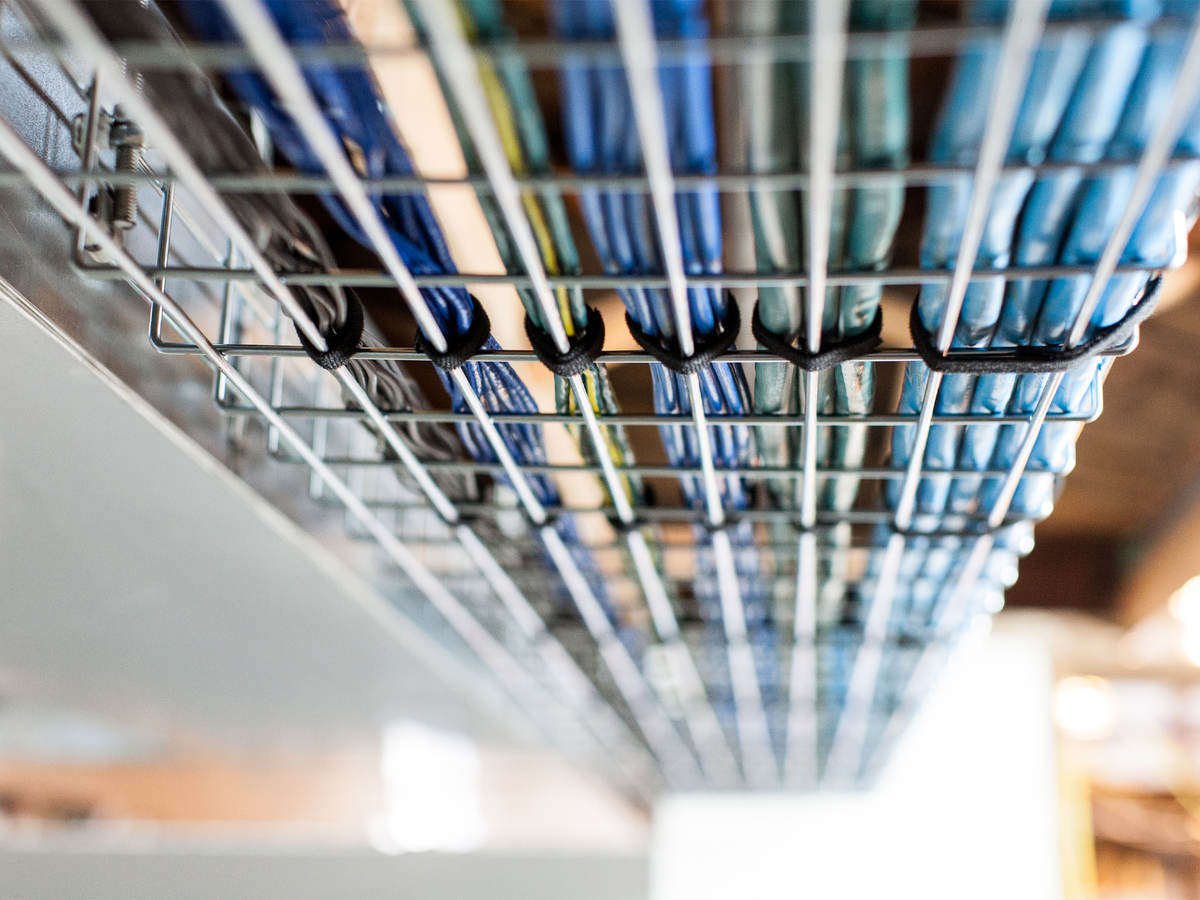
Technical Factors
There are several technical factors you should consider. These include the maximum distance between your network switches and what are the furthest devices away from them. You will need to consider the route of cables, whether you choose to have cables installed through the ceiling or floor, we recommend you check what containment currently exists within your building and its capacity.
Other technical factors to consider are the cables environment. For example, in areas that have heavy machinery, fluorescent lights or high voltage equipment, this can generate more intense electromagnetic interference or EMI. This reduces a data cables speed and data transmission quality and whether you need to install unshielded or shielded type of cable.
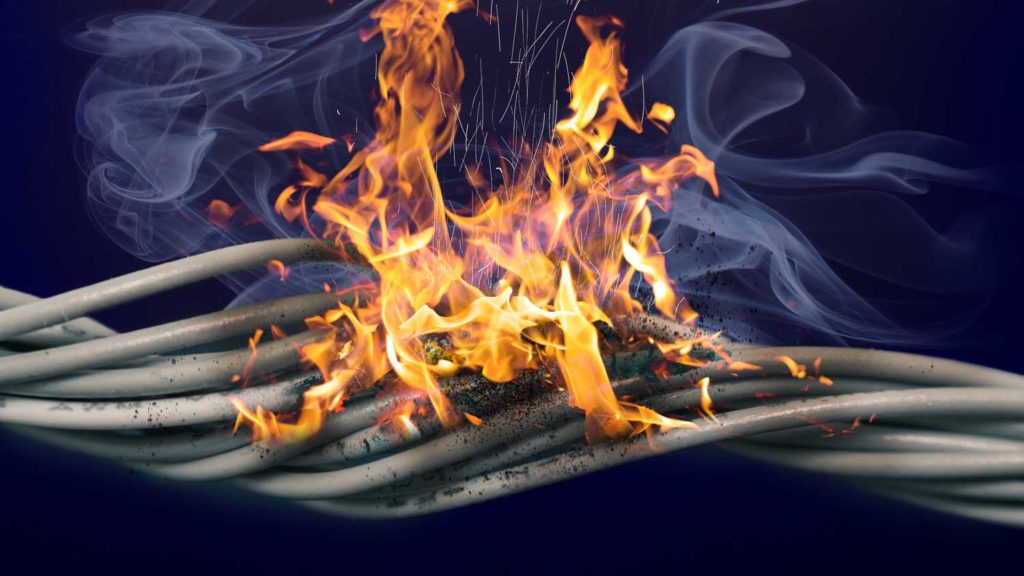
Fire Safety
From July 2017, it is a legal requirement that installed cables manufactured within the UK must comply with Construction Product Regulation (CPR). However, cables that were placed on the market before this date are not subject to this legislation and can be installed as such.
Prior to this amendment, Low Smoke Zero Halogen (LSZH) data cables were the popular choice for installers, however these cables were designed to meet three IEC standards: i. IEC60332: Flame Spead ii: IEC60754: Smoke Acidity iii. IEC61034: Smoke Emission.
What was LSZH cable is now labelled as EuroClass Eca and has the lowest level of fire protection. Within the CPR, there are 7 classes known as Euroclass, these are rated as Aca, B1ca, B2ca, Cca, Dca, Eca and Fca. Most cables in buildings prior to this amendment will have a performance requirement of Eca, although a higher rating is recommended. In fact, most buildings are now removing these types of cables and replacing them with higher rated CPR-compliant cables such as B2ca, Cca and Dca.
Typically, Eca and Fca Euroclass cables are commonly known as PVC (polyvinyl chloride) coated cables and are often a grey colour. These types of cables are often found in older buildings and were installed before the amendment of CPR. Whilst these cables do not fall under the CPR, they still pose a serious risk, as cables contribute significant fuel load to a fire and release toxic gases and particulates.
Although these types of cables are still available and being sold on the market, generally these cables are non-compliant and do not meet with any British or European standards.
By upgrading your data cabling means you can rest assure knowing that your cabling within your building is not only CPR-compliant but also will meet BS6701:2016+A1:2017 which many building insurance companies expect as a minimum requirement.
To read more about the Construction Product Regulation (CPR) click here.
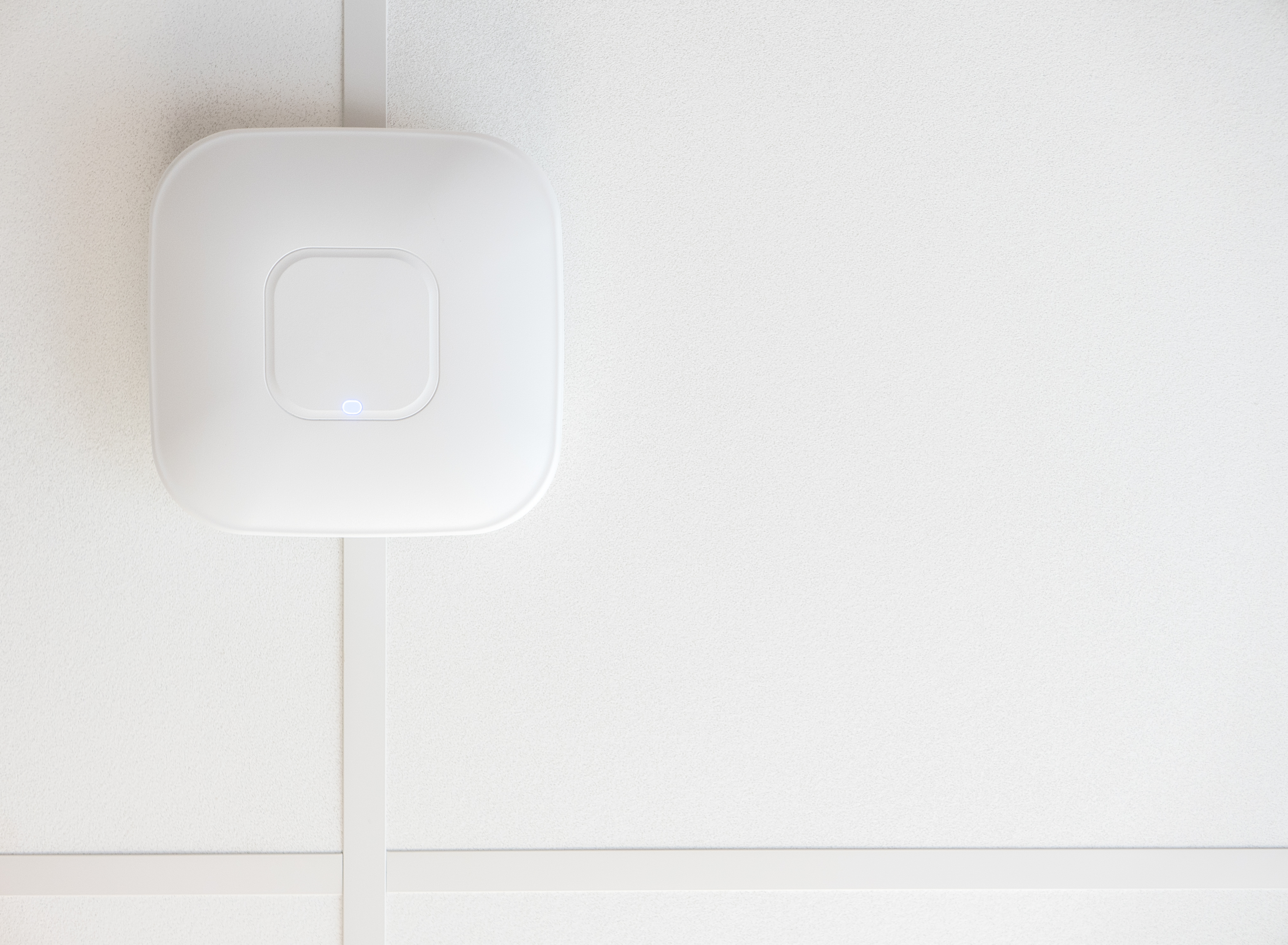
Wi-Fi 6
Wi-Fi 6 is the latest generation of Wi-Fi. Introduced in 2019, Wi-Fi 6 offers much faster speeds of up to 9.6 Gbps, compared to 3.5 Gbps on Wi-Fi 5 and 600 Mbps on Wi-Fi 4.
To guarantee that businesses can meet the demands of the latest Wi-Fi technology, the data cabling system that forms the backhaul between wireless access point (WAP) and switch must be designed to accommodate current and future standards.
As most wireless access points are now powered using PoE (Power over Ethernet), it’s crucial that your cabling infrastructure is prepared to support even higher levels of PoE when considering Wi-Fi 6. Compared to previous generations which operated within the 30 W of Type 2 PoE, Wi-Fi 6 products are expected to require 60 W Type 3 PoE.
In order to achieve maximum throughput and support higher levels of PoE, many businesses are now having 2 x Category 6A data outlets installed to prepare for an upgrade to Wi-Fi 6 – even if the remainder of cabling infrastructure is Cat 5e or Cat 6. As a matter of fact, industry standards (TIA) specifically recommend that 2 x Cat 6/class EA connections for wireless access points.
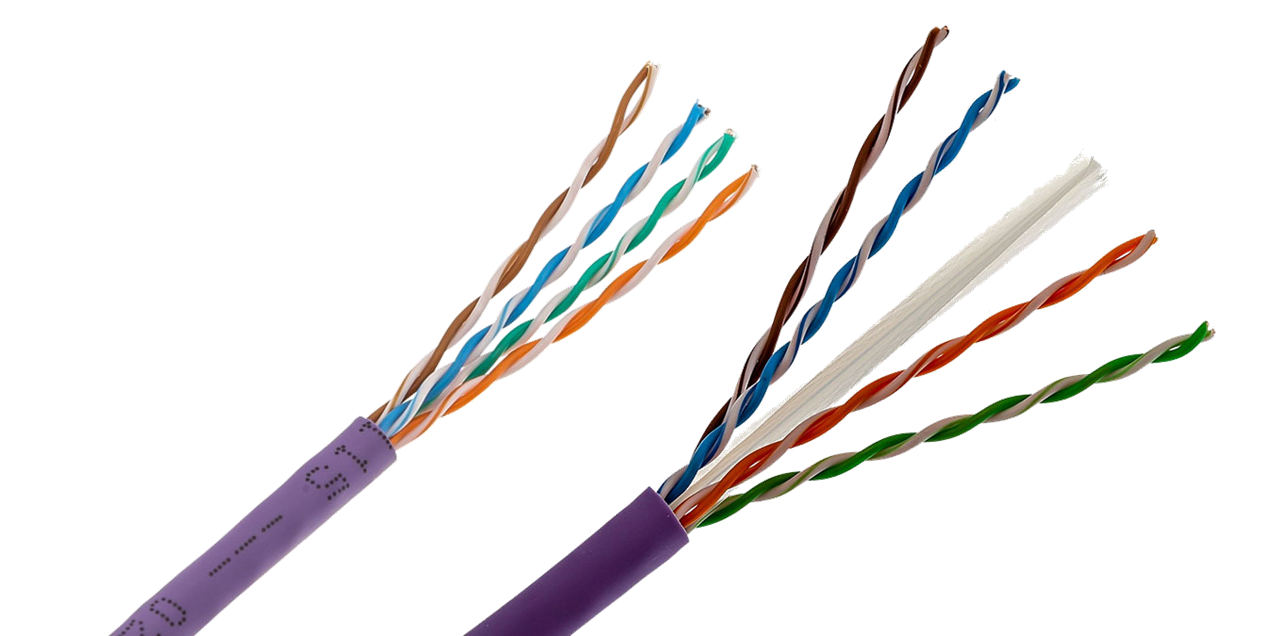
Cat 5E or Cat 6?
Over the years, Category 5E or Cat 5E cables have been the most popular choices for many reasons. However, we’re seeing signs throughout the industry that Cat 5E cabling is becoming obsolete and its installation is quickly declining. According to the most recent market reports, Cat 5E cabling now accounts for less than one-quarter of cable shipments.
Added to this, a few cabling manufacturers are no longer selling Cat 5E and have completely ceased to manufacture these types of cables.
While Cat 5E and Cat 6 cables can only support up to 1 Gbps speeds up to 90 metre cabling distances, Cat 6 cables are capable of up to 10 Gbps, although this is limited and is only achievable over shorter cabling distances of up to 33-55 metres.
Generally, Cat 5E cables are more susceptible to interference or Near-End Crosstalk (NEXT) due to the operating frequency and bandwidth is limited to 100MHz, whereas Cat 6 cables have much better construction with an internal separator or braided shielding, typically made up of plastic to reduce interference and therefore operate at a much better frequency, up to 250MHz.
The main advantage of Cat 5E over Cat 6 is the price point. In general, Cat 6 is 10-20% more expensive compared to Cat 5E. Although this may seem a cheaper alternative in the short term, it is recommended that you consider the long term and the fact you will be ready for 2/5/10Gb if or when you require it. Furthermore, should you choose Cat 5E and later in a few years decide you need to upgrade your cabling, the cost will be 30-50% more than if you originally chosen Cat 6. This is due to a number of factors, the main ones being material prices and labour costs will have risen and increased since then.
Technically speaking, when comparing the two different Categories, Cat 6 is the much better option. It offers a higher quality performance, with less interference and is backward compatible, meaning it will work just fine with devices that only support up to Cat 5E cables.
Having said that, if you’re solely basing your decision on the purpose of achieving 10 Gigabit Ethernet, then Cat 6 may not be the right choice and instead you may want to consider a higher cable specification, thus being Cat 6a, Cat 7a or fibre optic cabling.
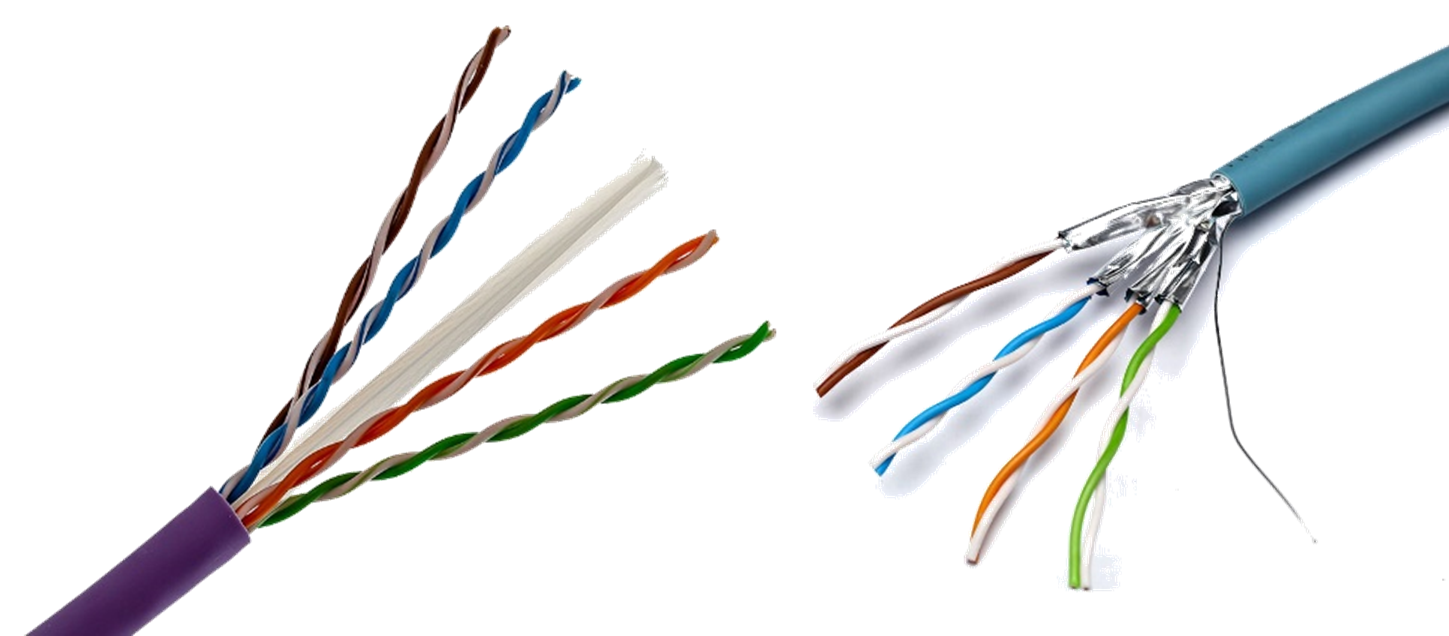
Cat 6 or Cat 6A?
As businesses begin to grow and expand, the demand for higher data speeds from bandwidth-intensive applications and emerging technologies are only going to increase. Because of this, some industry standards for new installations now either call for a minimum of Category 6 cabling, but with Category 6A as the recommended cabling, or simply recommend Category 6A.
While Cat 6 cables support 10 Gbps speeds up to a maximum of 55 metre cabling distances, Cat 6A cables on the other hand, easily handles 10 Gbps up to 90 metres. It has a bandwidth of 500MHz, which is double the operating frequency compared to Cat 6 at 250MHz.
With the added benefit of being able to reach longer distances, Cat 6A cables are typically a more cost-effective solution because they have a greater lifetime and will not need to be replaced during network upgrades.
The main disadvantage of Cat 6A is the overall installation cost. In order to achieve 10 Gbps using Cat 6A cables, the increase in costs is not only from the cabling. Higher performance switches and additional hardware are needed. You cannot just simply install Cat 6A cables to give you faster speeds.
Cost of installation also increases with Cat 6A cables from a labour standpoint. Cat 6A cables are significantly heavier than Cat 6 and less flexible. Due to the strict parameters of Cat 6A, a skilled specialist is highly recommended to install, terminate and test this type of cabling.
It goes without saying, Cat 6A is the overall better option than Cat 6. Although, in some circumstances, Cat 6A may not be the right option for you. For example, if you are a small or medium sized business with the sole aim to achieve 10 Gbps and your office has a radius of up to 55 metres, then Cat 6 would be the most suitable cable for you.
Typically, Cat 6A is installed in schools, hospitals and commercial offices. Therefore, it’s ideally made for medium to large sized business and facilities due to its cost.
If you’re unsure on what Category cable you should choose to install, click here to see our blog where we detail each cable in more detail.
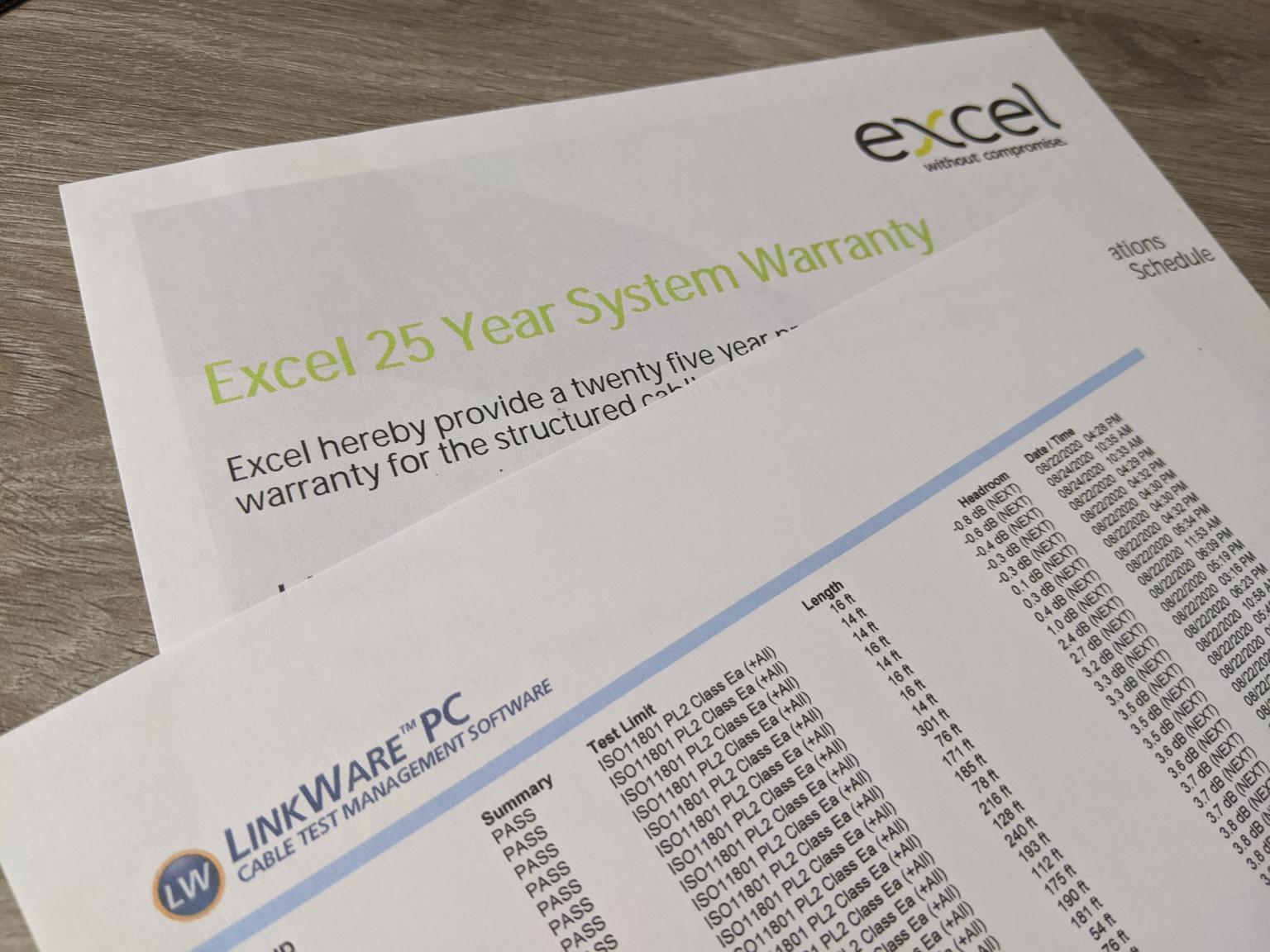
Warranty
During its lifespan, a business will call many different cabling companies and contractors to fix their cabling. In most cases, this is because no warranty was provided by the previous installer or the warranty is out of date.
Many businesses moving into a building will automatically inherit the existing data cabling that has been previously installed. On account of this, it is important to find out when the cabling was installed and what (if any) warranty is remaining. For example, if a building was constructed in 1995, it will most likely have older Cat 5 cable and will been out of warranty in 2020.
Most cabling manufacturers offer warranties between 15-25 years. However, one of the UK’s leading cabling manufacturers reported that less than 10% of new cabling installations are covered by a manufacturer’s warranty.
By upgrading your data cabling, you can have peace of mind knowing that your cabling will be standards compliant for years to come. If any issues should occur during the warranty period, the manufacturer will rectify the fault at no cost to the customer.
Comfinity is an accredited installer and offers a 25-year manufacturer’s warranty as standard on all data cabling installations. If you would like to know more about cabling warranties, please click here.
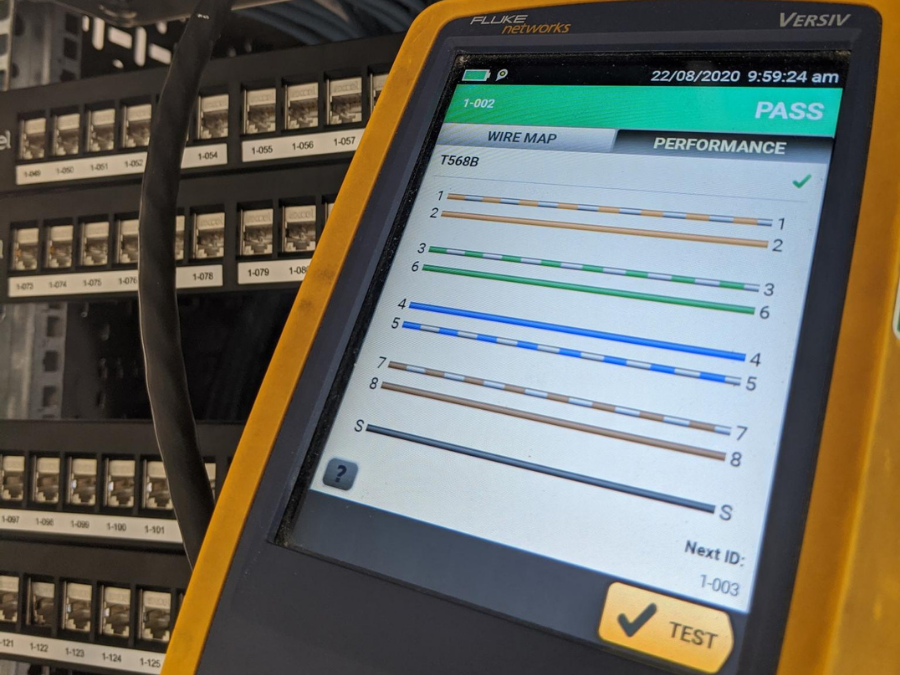
Test Results
Following on from the above, to apply for a manufacturer warranty, an application must be submitted along with a report of cabling test results. In most cases, the manufacturer will only accept a warranty application if the installer has the current training certification and has used approved testing equipment.
Typically, a network that is slow or isn’t performing to its full potential is caused by the way the data cabling installation was carried out. Most data cabling faults are due to twisted pairs have not been terminated correctly. If the installer has used basic LAN cable testers, this type of equipment will test for continuity only and will not test all the other parameters of the cable.
For example, a cable that has been excessively untwisted upon termination will show as a “pass” on basic LAN cable testers, although using state-of-the-art cable certifier equipment such as Fluke Networks, this cable will show as a fail due to interference otherwise known as Near End Cross Talk (NEXT).
By choosing to upgrade your data cabling, you not only benefit from knowing your data cabling has been correctly installed and tested but is also guaranteed to perform at its maximum performance.
For all new and existing cabling installations, Comfinity use Fluke Network testing and certification equipment. This not only means that all our cabling terminations meet industry standards but also that we are able to provide every customer with a full report of cabling testing results, whether it’s a single cable or multiple.
To read more about data cabling Testing and Certification, please click here.
If you're considering upgrading your data network cabling and would like more advice, please don't hesitate to get in touch with us and we will more than happy to assist you.
Add a comment:
Get in Touch
Want to know what we can do for you? Please use this form to contact our team.


